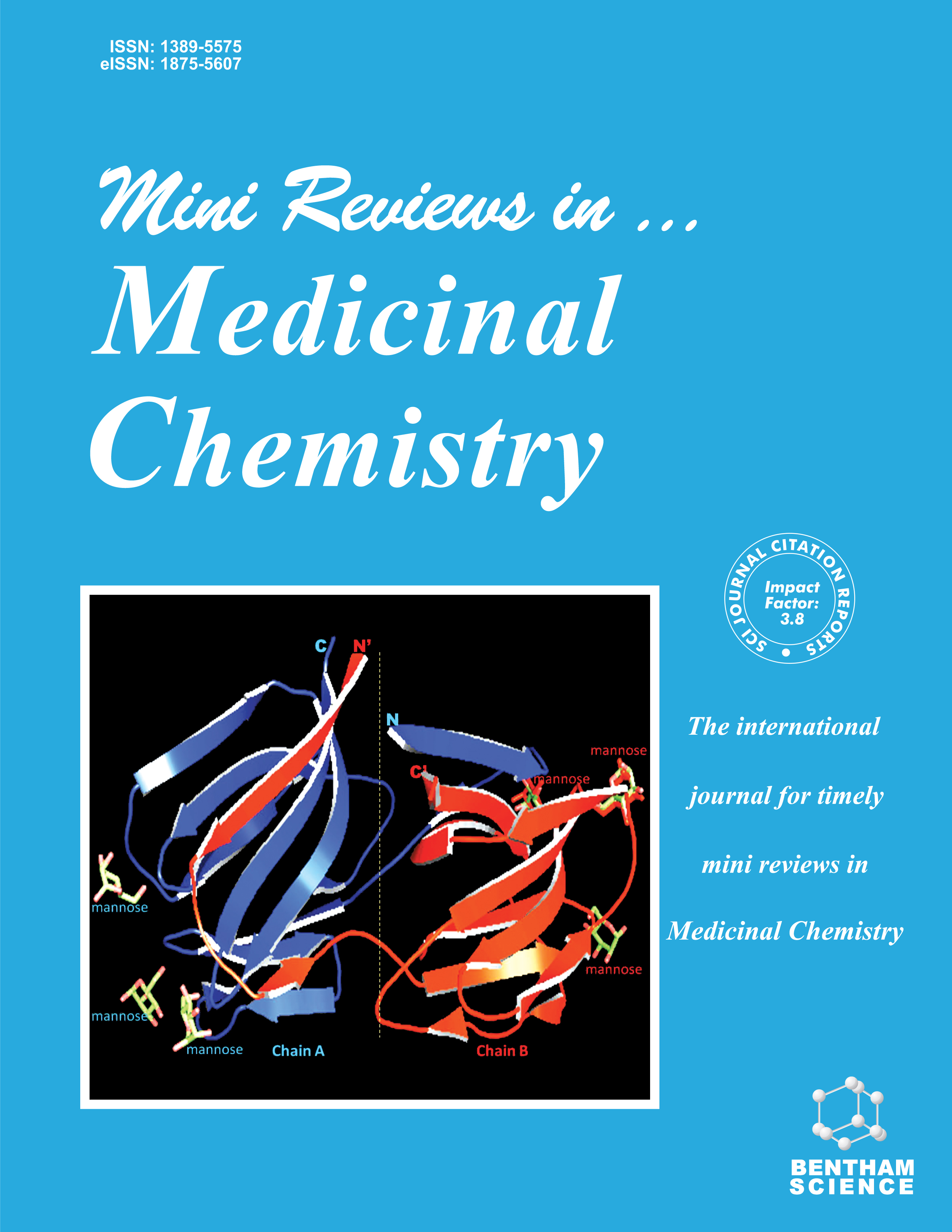
Full text loading...
Sustainable chemistry and nature-friendly protocols are not only luxury but has become essential requirement for the modern society as it progresses towards a more responsible future. To match the current needs of the community, industries and in particular chemical industry is looking for novel and cheap strategies that have less adverse effects on the environment. Heterocyclic compounds are one particular motif, which is prevalent in nature. It is found in a wide range of synthetic and natural compounds, both established and in development as potent therapeutic candidates. According to the US retail market in 2014-2015, heterocyclic moieties constitute the basic skeletons for 80% of marketed pharmaceuticals. However, majority of the synthetic methodologies still uses classical approaches with toxic solvents, stoichiometric reagents, reactions with less atom economy etc. Thus, there is an urgent need for green, sustainable alternatives of the classical reactions. In recent years, an array of diverse approaches and technologies have been discovered by the scientific community to address the issue of eco-friendly manufacture of various pharmaceutically and medicinally important heterocyclic molecules. In this context, the current review will summarize various reported green pathways to the heterocyclic architecture, particularly O, N, and S-heterocyclic compounds. The methods highlighted in this article includes reaction in environment friendly nonconventional media, solvent-free approaches, heterogeneous catalysis, organocatalysis, electrochemical reactions, microwave-mediated reactions, ultrasound-based reactions, enzymatic reactions, biocatalysis, and others.

Article metrics loading...

Full text loading...
References


Data & Media loading...

